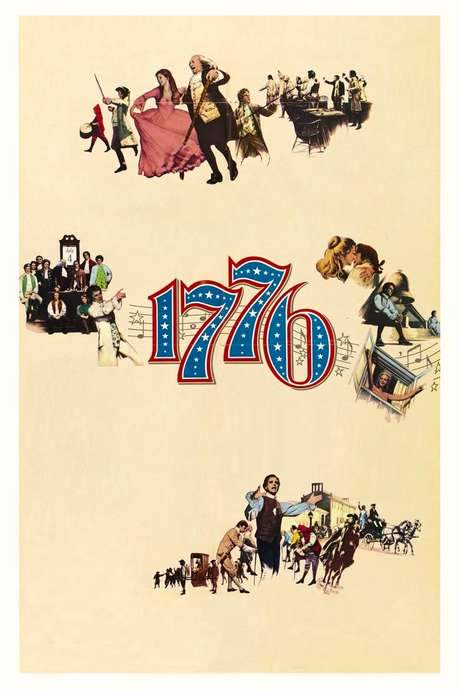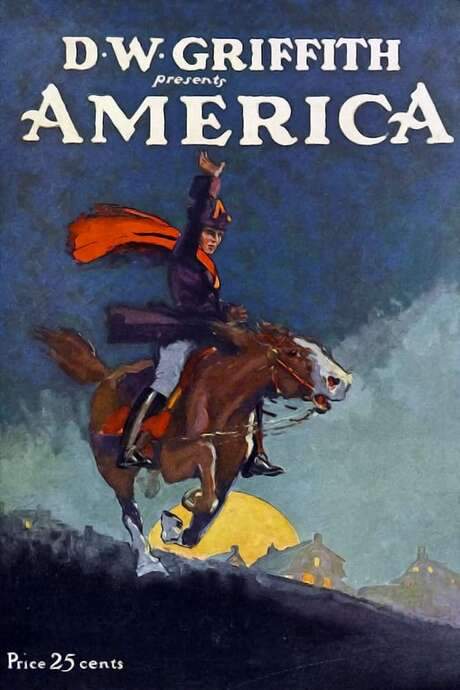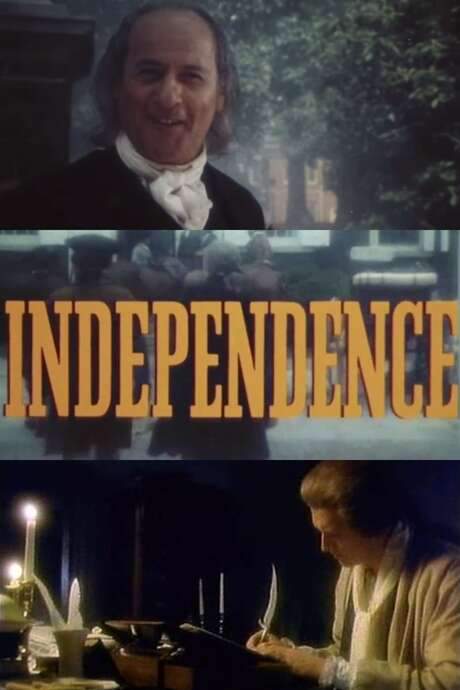
1776
Year: 1972
Runtime: 141 mins
Language: English
Director: Peter H. Hunt
This adaptation brings the award‑winning stage musical to the screen, dramatizing the 1776 Continental Congress in Philadelphia, where delegates work to create a governing framework for the new United States. Benjamin Franklin and John Adams task Thomas Jefferson with drafting a declaration announcing independence from British rule.
Warning: spoilers below!
Haven’t seen 1776 yet? This summary contains major spoilers. Bookmark the page, watch the movie, and come back for the full breakdown. If you're ready, scroll on and relive the story!
Timeline – 1776 (1972)
Trace every key event in 1776 (1972) with our detailed, chronological timeline. Perfect for unpacking nonlinear stories, spotting hidden connections, and understanding how each scene builds toward the film’s climax. Whether you're revisiting or decoding for the first time, this timeline gives you the full picture.
Last Updated: October 07, 2025 at 09:46
Unlock the Full Story of 1776
Don't stop at just watching — explore 1776 in full detail. From the complete plot summary and scene-by-scene timeline to character breakdowns, thematic analysis, and a deep dive into the ending — every page helps you truly understand what 1776 is all about. Plus, discover what's next after the movie.
1776 Summary
Read a complete plot summary of 1776, including all key story points, character arcs, and turning points. This in-depth recap is ideal for understanding the narrative structure or reviewing what happened in the movie.

Similar Movies to 1776
Discover movies like 1776 that share similar genres, themes, and storytelling elements. Whether you’re drawn to the atmosphere, character arcs, or plot structure, these curated recommendations will help you explore more films you’ll love.
Explore More About Movie 1776
1776 (1972) Plot Summary & Movie Recap
1776 (1972) Scene-by-Scene Movie Timeline
1776 (1972) Spoiler-Free Summary & Key Flow
Movies Like 1776 – Similar Titles You’ll Enjoy
Revolution (1985) Full Summary & Key Details
America (1924) Detailed Story Recap
The Declaration of Independence (1938) Ending Explained & Film Insights
John Adams (1000) Movie Recap & Themes
Hamilton (2020) Spoiler-Packed Plot Recap
The Patriot (2000) Spoiler-Packed Plot Recap
A More Perfect Union (1989) Spoiler-Packed Plot Recap
Independence (1976) Plot Summary & Ending Explained
America: The Motion Picture (2021) Film Overview & Timeline
Lafayette (1962) Ending Explained & Film Insights
The Bill of Rights (1939) Detailed Story Recap
Liberty! (1000) Ending Explained & Film Insights
1789 (1974) Complete Plot Breakdown
Alexander Hamilton (1931) Film Overview & Timeline
Amistad (1997) Plot Summary & Ending Explained

















